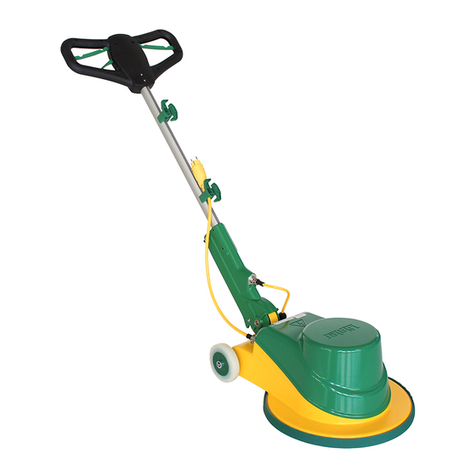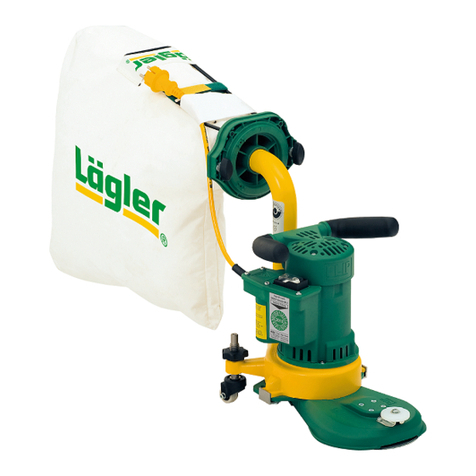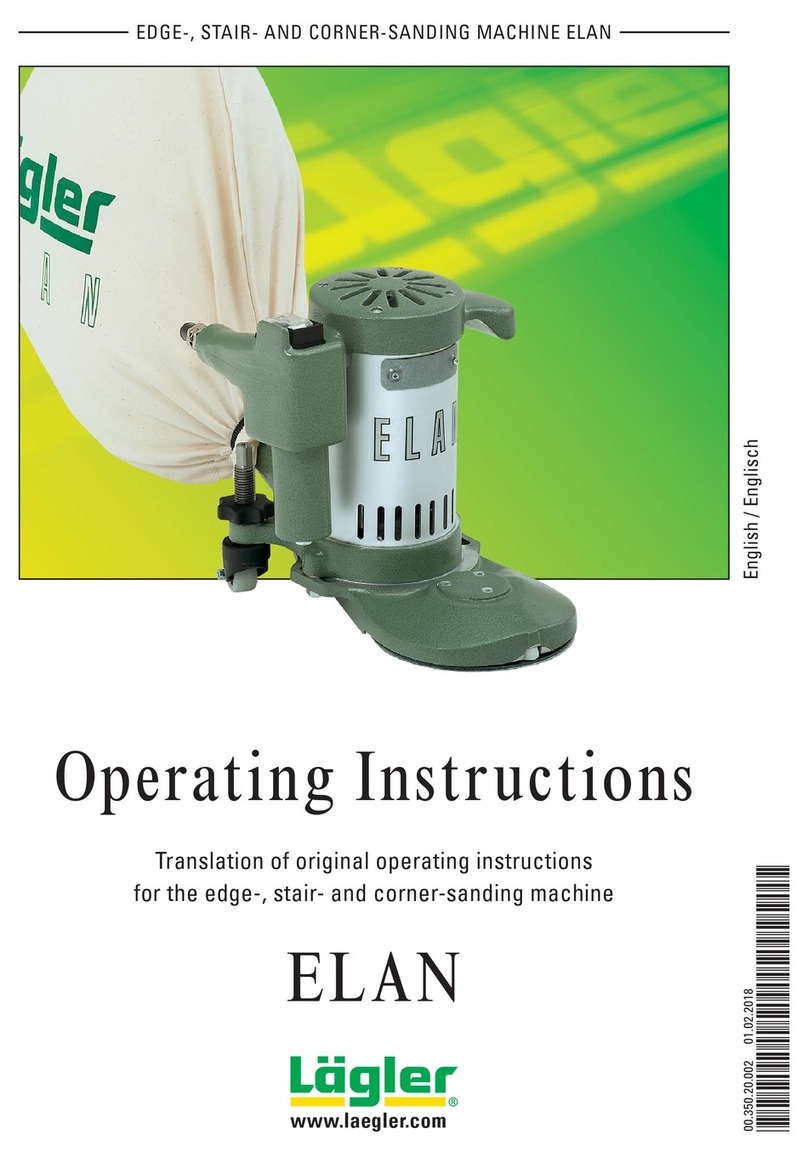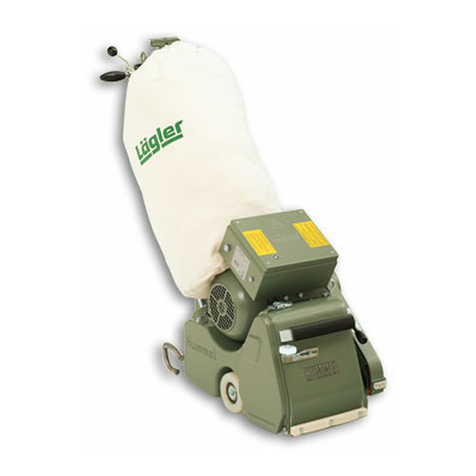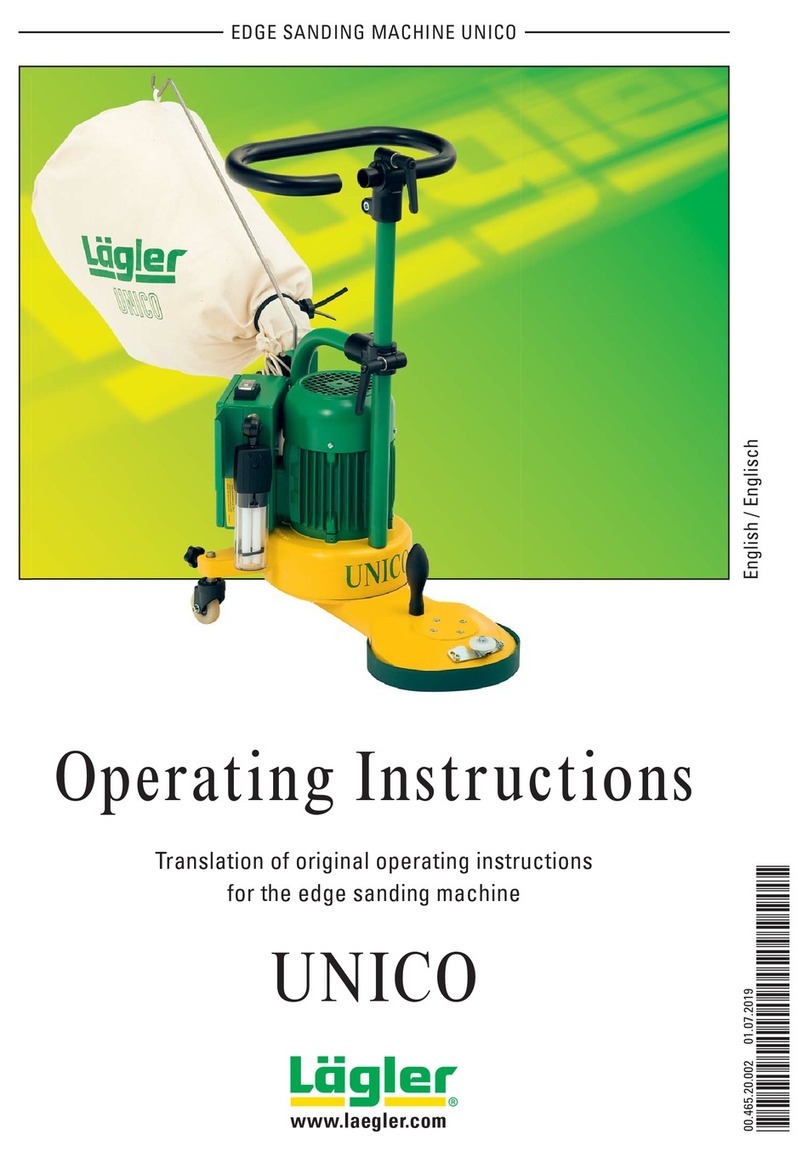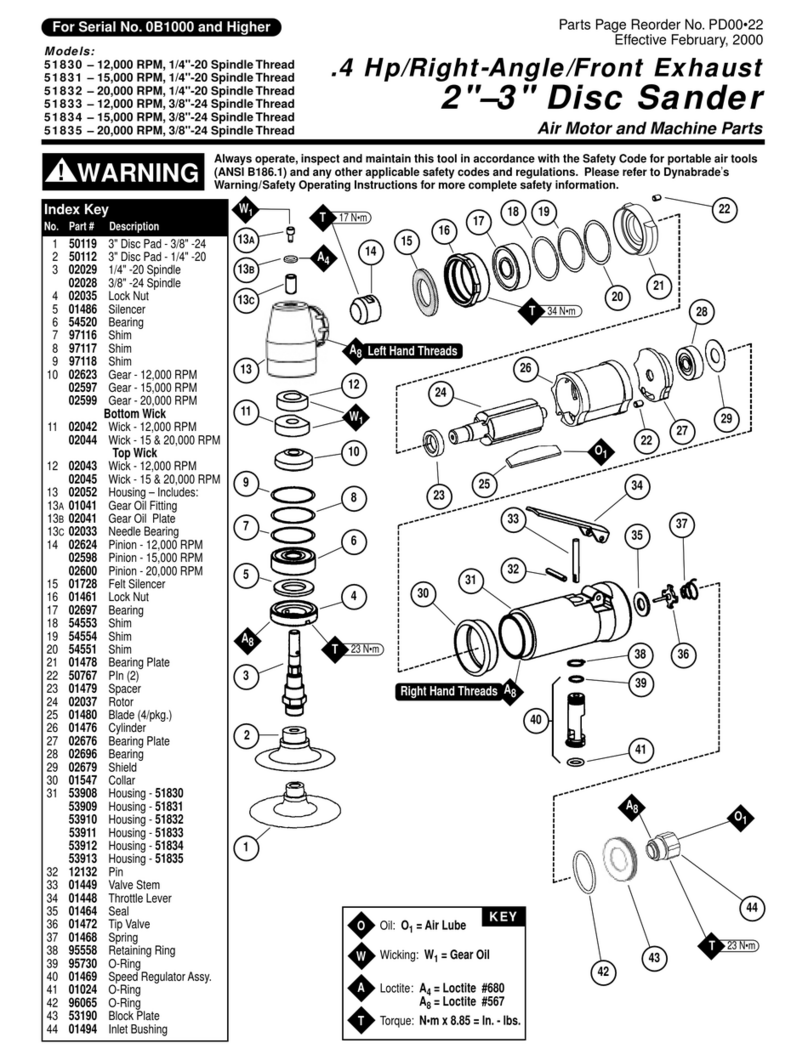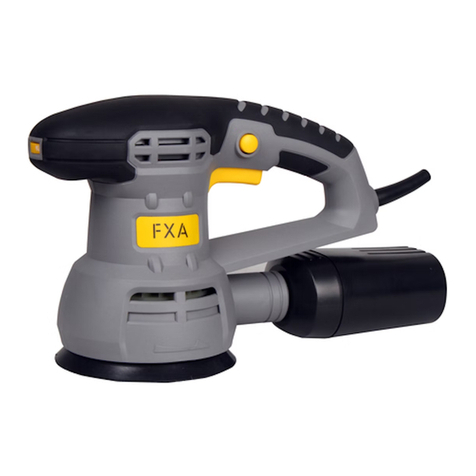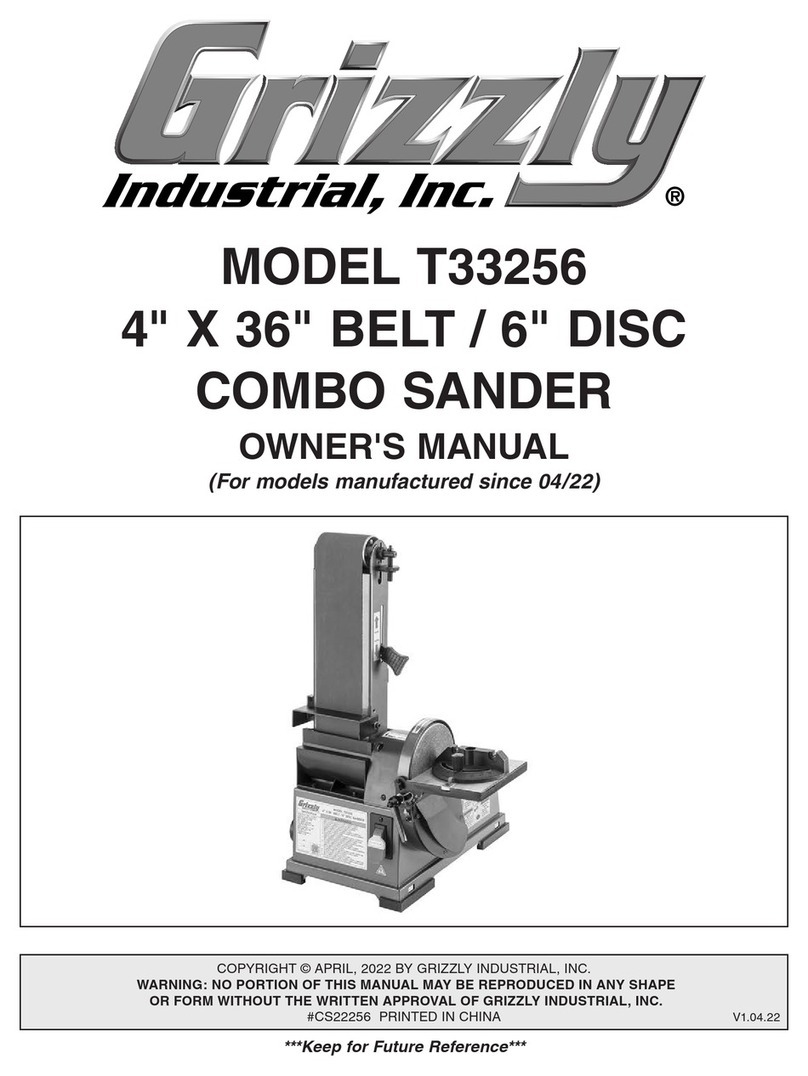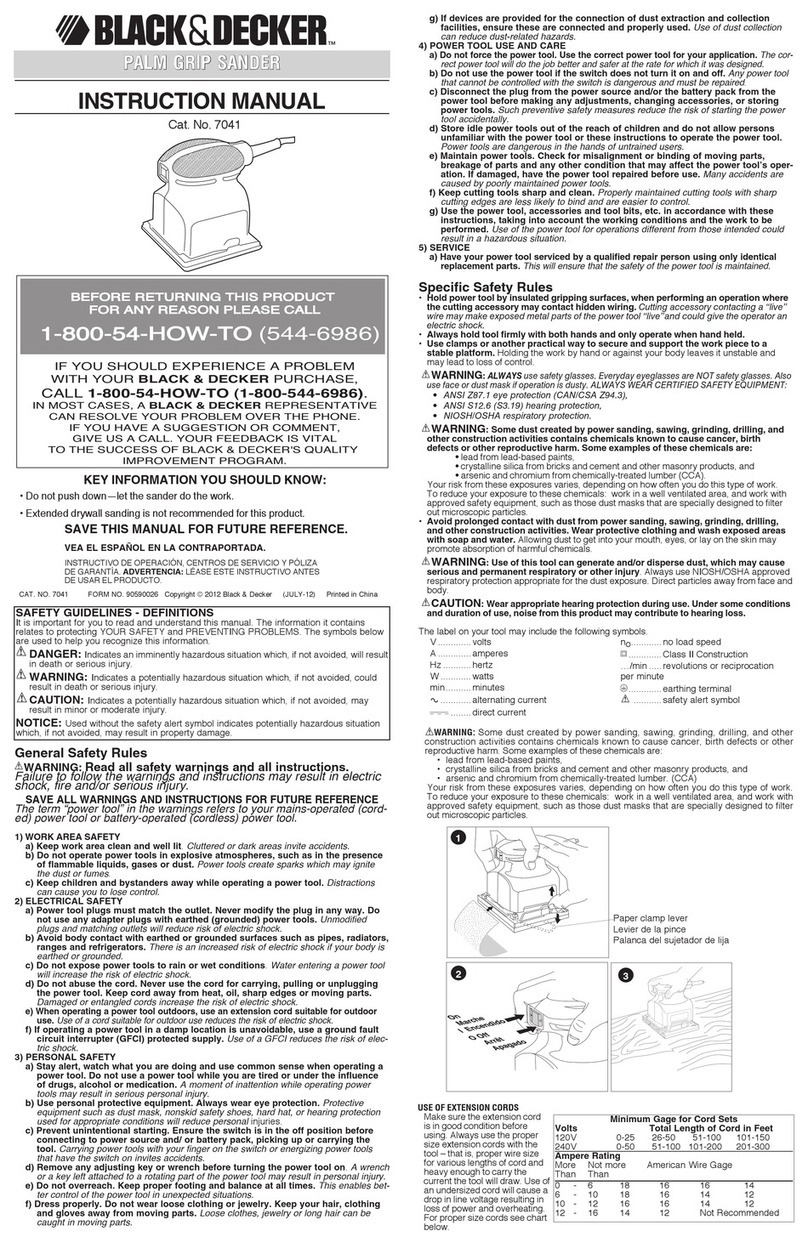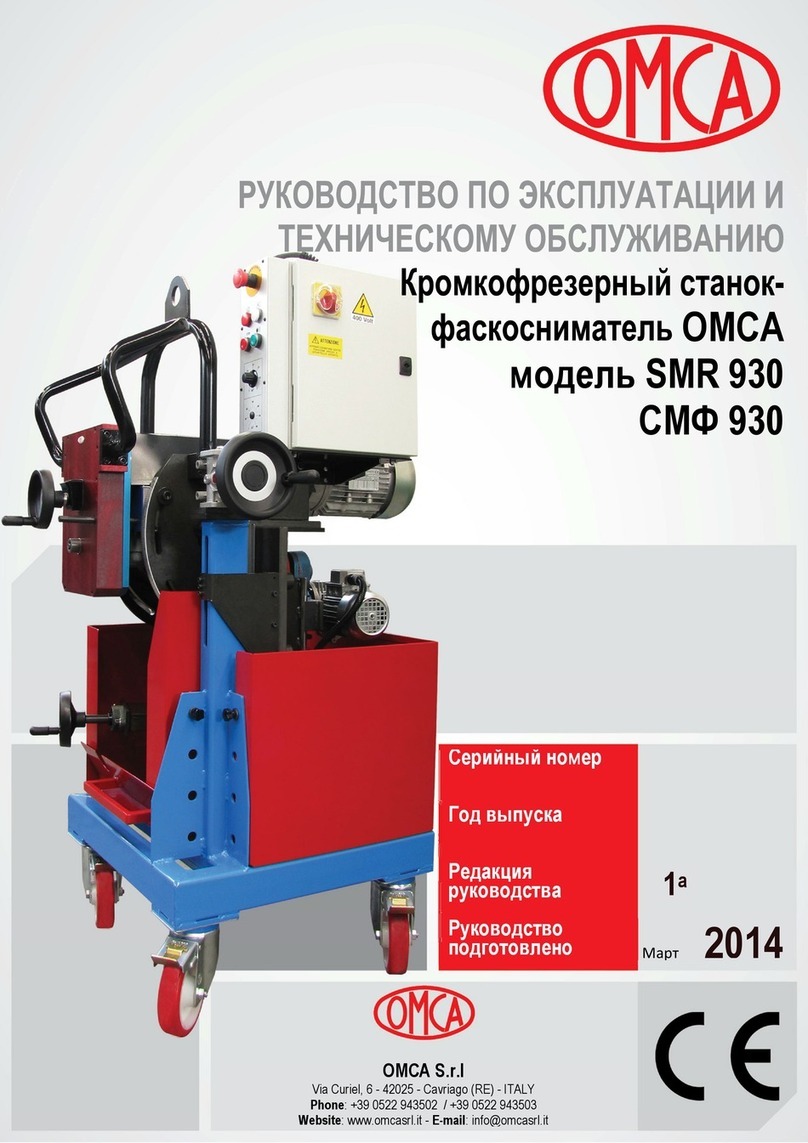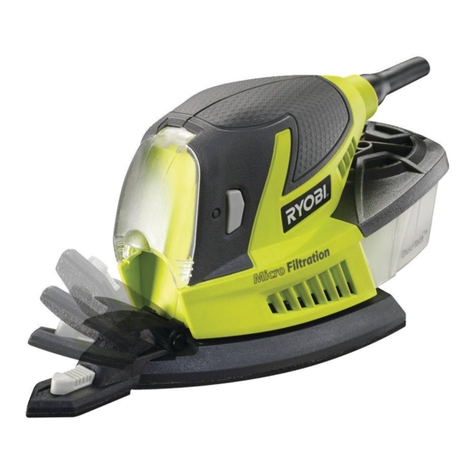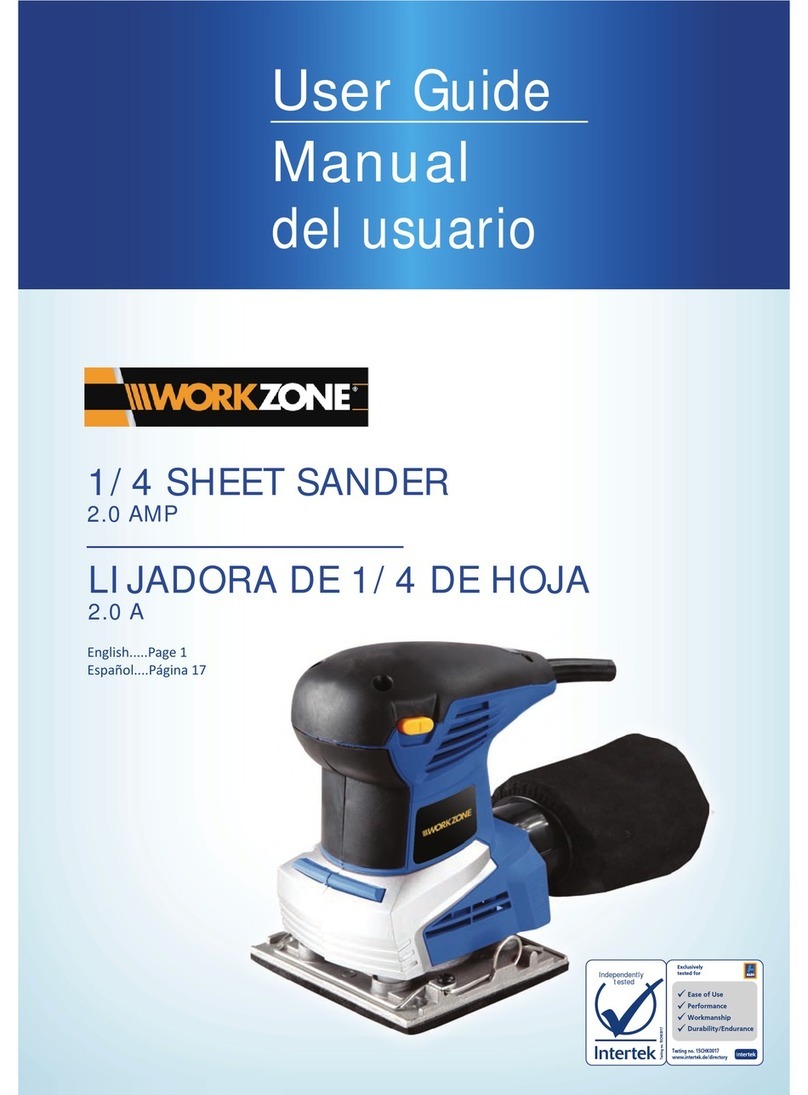
UNICO 01.02.2013
English / Englisch
1 Introduction.....................................................................................................................................................................4
1.1 Characteristic features of the machine .......................................................................................................................4
1.2 Description of the machine ...........................................................................................................................................4
1.3 Proper use as intended..................................................................................................................................................5
1.4 Protective devices..........................................................................................................................................................5
2 Hazard warnings and safety instructions ....................................................................................................................6
2.1 Hazard warnings.............................................................................................................................................................6
2.2 General safety instructions ...........................................................................................................................................9
3 Technical data...............................................................................................................................................................11
4 Commissioning..............................................................................................................................................................13
4.1 Attaching the dust bag.................................................................................................................................................13
4.2 Swivelling the pressure hose......................................................................................................................................14
4.3 Installing the Velcro strip.............................................................................................................................................14
4.4 Installing the extension and the handlebar ...............................................................................................................15
4.5 Adjusting the extension and the handlebar...............................................................................................................15
4.6 Adjusting the guide rollers ..........................................................................................................................................17
4.7 Adjusting the wall-protecting wheel ..........................................................................................................................19
4.8 The machine handle on the attachment.....................................................................................................................20
4.9 Connecting the power supply cable...........................................................................................................................20
4.10 Adjusting the working light..........................................................................................................................................21
4.11 Switching on the machine...........................................................................................................................................22
4.12 Switching off the machine...........................................................................................................................................22
5 Working with the UNICO..............................................................................................................................................23
5.1 General application tips...............................................................................................................................................23
5.2 Replacing the abrasives ..............................................................................................................................................25
5.3 Removing and emptying the dust bag ........................................................................................................................28
6 Transport and storage..................................................................................................................................................30
6.1 Machine transport........................................................................................................................................................30
6.2 Machine storage...........................................................................................................................................................31
7 Maintenance work and replacement of wearing parts............................................................................................31
7.1 General cleaning and care..........................................................................................................................................32
7.2 Cleaning the V-belt drive unit......................................................................................................................................32
7.3 Tensioning the V-belt....................................................................................................................................................33
7.4 Replacing the V-belt.....................................................................................................................................................34
7.5 Replacing the guide rollers .........................................................................................................................................38
7.6 Replacing the wall-protecting wheel .........................................................................................................................38
7.7 Replacing the fluorescent tube...................................................................................................................................39
8 Regular maintenance and testing in accordance with accident prevention regulations ....................................40
9 Troubleshooting ............................................................................................................................................................42
10 Circuit diagram..............................................................................................................................................................45
11 Spare parts....................................................................................................................................................................46
12 Service passport...........................................................................................................................................................55
13 EU Declaration of conformity ......................................................................................................................................56
CONTENTS
WARNING! Death, severe physical injury or significant property damage can occur if the cor-
responding cautionary measures are not taken!
CAUTION! Moderate to light physical injury or property damage can occur if the corresponding
cautionary measures are not taken!
ATTENTION! An undesired event can occur if the corresponding instructions are not followed!
3


